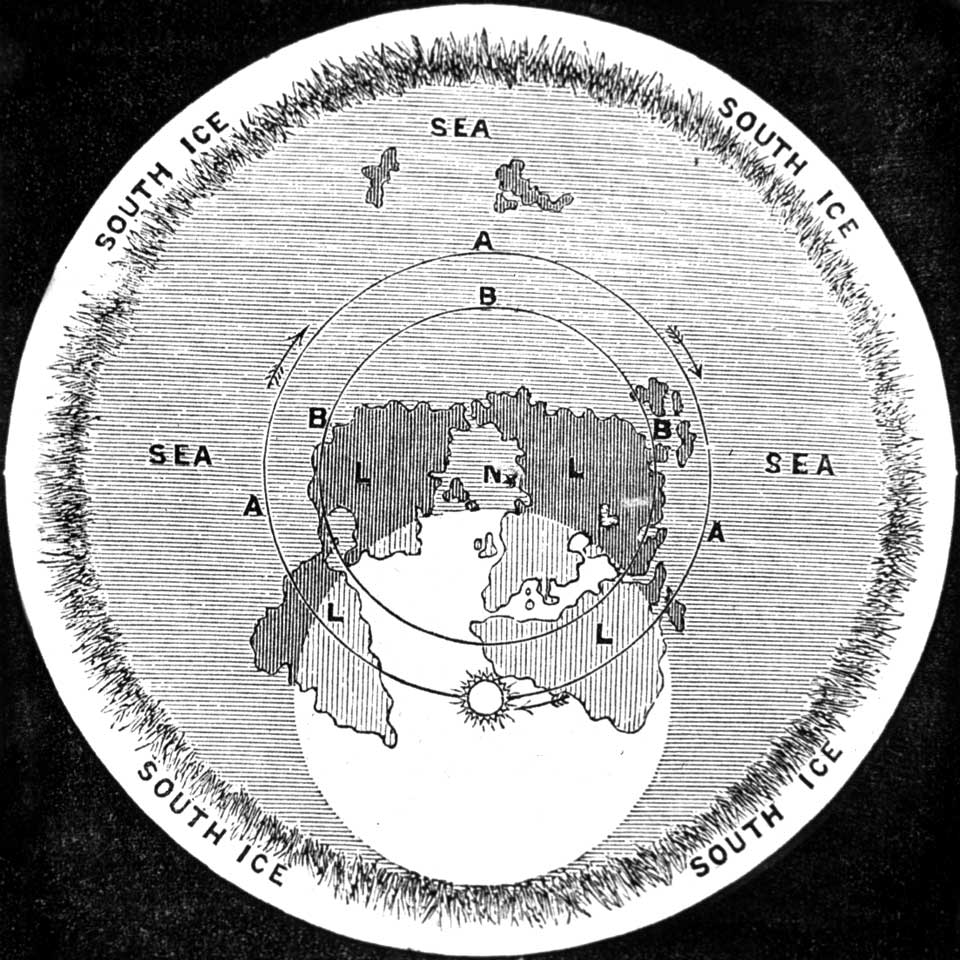

They believe that the Earth is a disc with the Arctic Circle in the center and Antarctica, a 150-foot-tall wall of ice, around the rim. There is ample evidence that the Earth is round, but they believe since only what they can see from Earth’s surface is flat that that is the only conclusion. Believing that the Earth is flat is one of the ultimate conspiracy theories. The flat earth society contains people from America and Europe and has been growing since 2009 (Wolchover 2017). While on the planet’s surface, it feels and looks flat, so they believe they dismiss all evidence to the contrary. Flat Eeartherism is a fringe view, but contrary to popular belief it was just as fringe in the year 1417 or the year 17.People who believe in the flat earth theory do not think the Earth is round.

Now, nearly 200 years later, the DIY rocket readies for blast off pending a few bureaucratic issues. A misunderstanding of medieval maps may have further promoted the idea that people forgot the shape of the Earth. He used the myth of a plucky Columbus battling a bumbling, ignorant establishment as fuel. The writer Washington Irving did more than anyone to promote flat Eartherism as a religious obstacle to modernity. The spherical Earth represented modern capitalists in search of human progress against a regressive dogma. Many scholars saw the Middle Ages as being in thrall to a hidebound Catholicism that couldn’t even accept the Earth as sphere. flat earth belief became a proxy for anti-Catholic forces. Then, in the nineteenth century, round vs. Columbus’ crew also worried about how the journey was dragging (Columbus oversold the speed to recruits) and were worried about how to return to Europe against prevailing westerly winds. Some thought that the trip was impossibly long, or doubted that this route could have gone undiscovered for millennia.

That aside, Columbus did face genuine skepticism. Though there were exceptions, the majority of scholars agreed that the world was a sphere, or at least a cone. The mythological view of the Dark Ages is that the painstakingly accrued knowledge of the ancient world was lost to feudalism and violence. The myth that Columbus had to reprove this ancient idea stems from misconceptions about the Dark Ages.


 0 kommentar(er)
0 kommentar(er)
